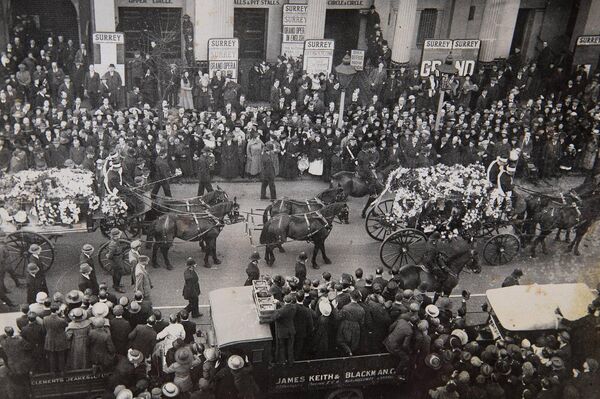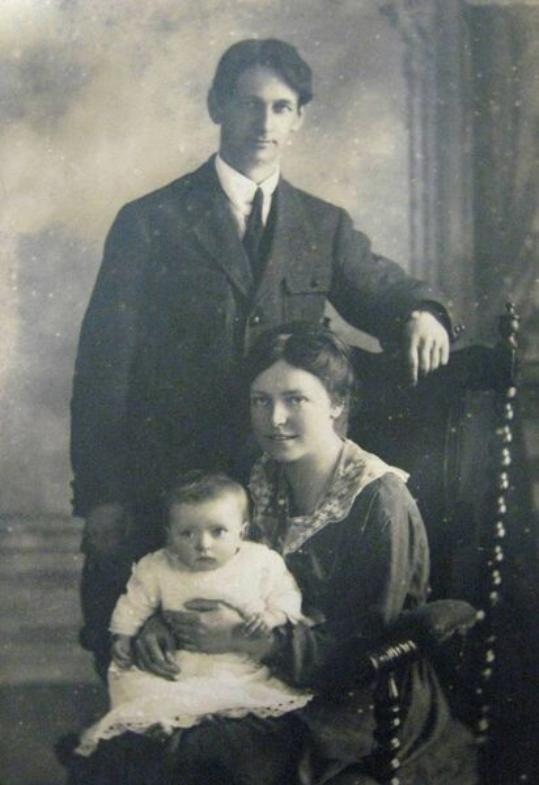In This Section
- Home
- Collections
- Atlas Resources for Schools
- Cork Fatality Register
- Mapping the Irish Revolution
- Mapping IRA Companies, July 1921-July 1922
- Mapping the Burning of Cork, 11-12 December 1920
- Martial Law, December 1920
- The IRA at War
- The Railway Workers’ Munitions Strike of 1920
- The Victory of Sinn Féin: The 1920 Local Elections
- The War of Words: Propaganda and Moral Force
- The IRA Offensive against the RIC, 1920
- De Valera’s American Tour, 1919-1920
- The British Reprisal Strategy and its Impact
- Cumann na mBan and the War of Independence
- The War Escalates, November 1920
- The War of Independence in Cork and Kerry
- The Story of 1916
- A 1916 Diary
- January 9-15 1916
- January 10-16, 1916
- January 17-23, 1916
- January 24-30, 1916
- February 1-6 1916
- February 7-14, 1916
- February 15-21, 1916
- February 22-27, 1916
- February 28-March 3, 1916
- March 6-13,1916
- March 14-20, 1916
- March 21-27 1916
- April 3-9, 1916
- April 10-16, 1916
- April 17-21,1916
- May 22-28 1916
- May 29-June 4 1916
- June 12-18 1916
- June 19-25 1916
- June 26-July 2 1916
- July 3-9 1916
- July 11-16 1916
- July 17-22 1916
- July 24-30 1916
- July 31- August 7,1916
- August 7-13 1916
- August 15-21 1916
- August 22-29 1916
- August 29-September 5 1916
- September 5-11, 1916
- September 12-18, 1916
- September 19-25, 1916
- September 26-October 2, 1916
- October 3-9, 1916
- October 10-16, 1916
- October 17-23, 1916
- October 24-31, 1916
- November 1-16, 1916
- November 7-13, 1916
- November 14-20, 1916
- November 21-27-1916
- November 28-December 4, 1916
- December 5-11, 1916
- December 12-19, 1916
- December 19-25, 1916
- December 26-January 3, 1916
- Cork's Historic Newspapers
- Feature Articles
- News and Events
- UCC's Civil War Centenary Programme
- Irish Civil War National Conference 15-18 June 2022
- Irish Civil War Fatalities Project
- Research Findings
- Explore the Fatalities Map
- Civil War Fatalities in Dublin
- Civil War Fatalities in Limerick
- Civil War Fatalities in Kerry
- Civil War Fatalities in Clare
- Civil War Fatalities in Cork
- Civil War Fatalities in the Northern Ireland
- Civil War Fatalities in Sligo
- Civil War Fatalities in Donegal
- Civil War Fatalities in Wexford
- Civil War Fatalities in Mayo
- Civil War Fatalities in Tipperary
- Military Archives National Army Fatalities Roll, 1922 – 1923
- Fatalities Index
- About the Project (home)
- The Irish Revolution (Main site)
74 Days Documentary

Documentary makers have used high-end digital technology to re-create a medical model showing the impact of the 74-day hunger strike on Terence MacSwiney’s body.
Documentary makers use hi-tech graphics to shed new light on the physical suffering of Terence MacSwiney during his 74-day hunger strike, which ended in death a century ago this Sunday.
The new programme captures in the starkest form yet the day-by-day physical deterioration of the former lord mayor of Cork whose death in a British jail focused international attention on Ireland’s struggle for independence.
His death on October 25, 1920, after what remains one of the longest hunger strikes on record, is regarded as one of the most important events in the history of the Irish revolutionary period.
The circumstances of his death piled such pressure on the British government that it returned to the negotiating table, triggering the start of a long process which ultimately led to the establishment, in 1922, of the Irish Free State.
MacSwiney's sacrifice also inspired independence leaders around the world, including Mahatma Gandhi and Nelson Mandela.
Commemorative events to mark MacSwiney’s death, and the assassination at the hands of Crown Forces of his mayoral predecessor, Tomás MacCurtain, who was shot dead during a raid on his home in Blackpool just a few months previously, have been disrupted by Covid-19.
But on Wednesday, a new documentary on the last 74-days of MacSwiney’s life, and the impact they had on Irish history, is due to air.
Presented by NUIG historian, Sarah-Anne Buckley, ‘74 Days’ hopes to provide a fresh perspective into this pivotal moment in Irish history.
Ms Buckley said MacSwiney’s hunger strike was a catalyst for the intensification of Ireland’s War of Independence but she said it is also one of the great, marginal stories from modern Irish history, suggesting that he is arguably better known internationally, in places like Vietnam and Catalonia, than he is at home.
His story needs to now be told at home, she said.
Personal letters, diaries and witness statements
In the documentary, she builds a thesis using the personal letters, diaries and witness statements of three extraordinary women central to the hunger strike and who were by MacSwiney’s bedside throughout it — his wife Muriel and his sisters Annie and Mary.
These three women were witnesses to history, as well as active participants and victims of it, she said.

The documentary also features GP Dr Phil Kieran and clinical psychologist, Eddie Murphy, who combine detailed medical notes with first-person, eye-witness testimony of MacSwiney’s time on hunger-strike and blend the details with high-end digital graphics technology to create a contemporary medical model to reveal the most detailed account to date of the physical and psychological suffering MacSwiney endured during those 74days on hunger strike, first in Cork Gaol and then in Brixton prison where he died.
Other contributors to the documentary include UCC historian John Borgonovo, Ciara Breathnach, Cork Museum curator, Daniel Breen, Linda Hogan, Tomás MacConmara, Laurence McKeown, William Murphy, Niall Murray, Helene O’Keeffe and Anne Twomey.
, directed by Ciara Hyland of ForeFront Productions for RTÉ, airs on RTÉ One, Wednesday October 21 at 9.30pm.
This article was first published in the Irish Examiner on 19 October 2020
